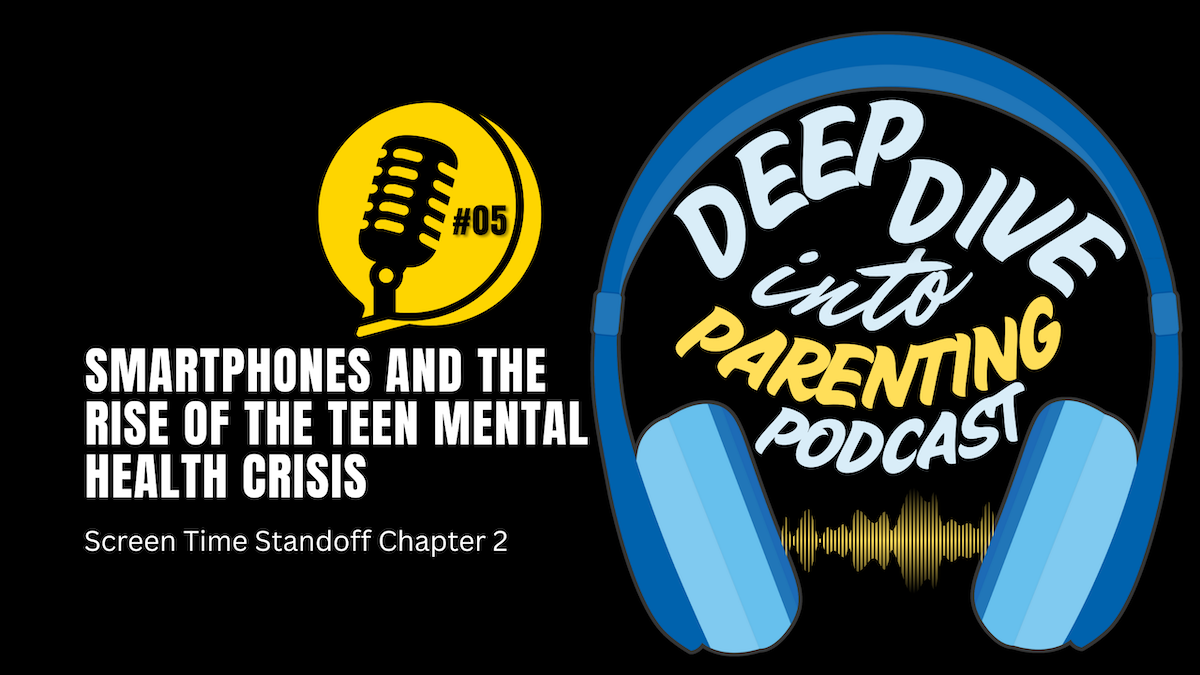The teen mental health crisis is escalating at an alarming rate, largely driven by the pervasive use of smartphones and social media. Unlike previous decades, today’s adolescents face a unique convergence of technological advancements and societal shifts that amplify mental health challenges. The ubiquity of smartphones allows for constant connectivity, exposing teens to unrelenting social comparisons, cyberbullying, and the addictive nature of algorithm-driven content. Furthermore, the rise of social media platforms has redefined how teens interact, often replacing meaningful in-person connections with superficial online engagements. These factors, combined with the pressures of modern adolescence, have created an unprecedented mental health landscape requiring urgent attention. This modern epidemic, initiated with the release of the iPhone in 2007, has reshaped not only how teenagers interact with technology but also their mental health and overall sense of well-being. This article provides an in-depth exploration of the origins of this crisis, its significant effects on adolescents, and actionable strategies to address the adverse outcomes of excessive screen time.
How Smartphones Revolutionized Technology and Society
When Apple unveiled the iPhone, it marked a revolutionary turning point in technological history. Unlike its predecessors, which were primarily focused on communication, the iPhone seamlessly combined a phone, camera, music player, and portable computer into a single, sleek device. The introduction of the App Store in 2008 expanded its potential, making it an indispensable tool for nearly every aspect of daily life—from productivity to entertainment and beyond.
However, the same features that made smartphones revolutionary also had unintended consequences. The integration of social media apps into these devices introduced teens to a constant stream of notifications, fostering addictive behaviors and reducing their attention spans. Additionally, the ubiquity of high-quality cameras and editing software has encouraged an unhealthy focus on curated appearances, leading to increased self-comparison and body image issues. The rapid access to information, while empowering, has also overwhelmed many young users with unfiltered content, including cyberbullying and harmful trends, exacerbating stress and anxiety. These unforeseen effects underline the complex impact of smartphone technology on adolescent well-being. By 2011, 77% of American teens owned a phone, but only 23% had smartphones. Within just five years, smartphone ownership among teens surged, with 79% of teens and 28% of children aged 8 to 12 owning one by 2016. This rapid adoption meant that access to the internet, social media, and digital distractions became a constant presence in their lives, reshaping their daily experiences and mental landscapes.
The Mental Health Toll on Adolescents
The Alarming Rise of Anxiety and Depression
The adoption of smartphones coincided with a significant increase in anxiety and depression among teens. Anxiety disorders, characterized by persistent worry and fear, began to rise sharply after 2010. These disorders, fueled by social media pressures and the constant connectivity of smartphones, now affect millions of adolescents. Similarly, depression—marked by chronic sadness and disinterest in daily activities—has become a pervasive issue. According to a 2022 study, rates of major depressive episodes among teens doubled between 2010 and 2021. The impact is particularly pronounced among teenage girls, who often face amplified societal pressures tied to appearance and self-worth.
Self-Harm and Suicidal Ideation
Non-Suicidal Self-Injury (NSSI), commonly referred to as "cutting," has become disturbingly prevalent among teens. Over the past decade, the rise of social media platforms has intensified this issue, as teens increasingly face cyberbullying, social isolation, and unrelenting self-comparison. The accessibility of graphic and harmful content online has normalized self-harm for some vulnerable youth, creating a feedback loop that exacerbates emotional distress. Additionally, the growing pressure to meet unrealistic beauty and achievement standards, perpetuated through online communities, has significantly contributed to the prevalence of NSSI among adolescents. Between 2010 and 2020, rates of self-harm tripled for young adolescent girls, while suicide rates also escalated. LGBTQ+ teens and girls have been disproportionately affected by these trends. The proliferation of social media platforms like Instagram, with their emphasis on curated and filtered images, has exacerbated issues such as self-comparison, fostering feelings of inadequacy and low self-esteem.
The Role of Social Media in the Crisis
Social media platforms such as Instagram, TikTok, and Snapchat thrive on algorithms designed to maximize user engagement, often exploiting psychological vulnerabilities. For example, these algorithms track user behavior to serve personalized content that keeps them scrolling, such as trending posts, suggested friends, or endless video feeds. This creates a feedback loop where teens are rewarded with dopamine hits from likes and views, further reinforcing their reliance on the platform. Over time, this cycle can lead to addictive behavior patterns, heightened self-comparison, and emotional distress, especially among vulnerable youth. Features like "likes," algorithm-driven content, and image-enhancing filters heighten self-esteem issues, particularly for teenage girls who are drawn to these platforms for validation. The constant cycle of comparison leads to a distorted se







